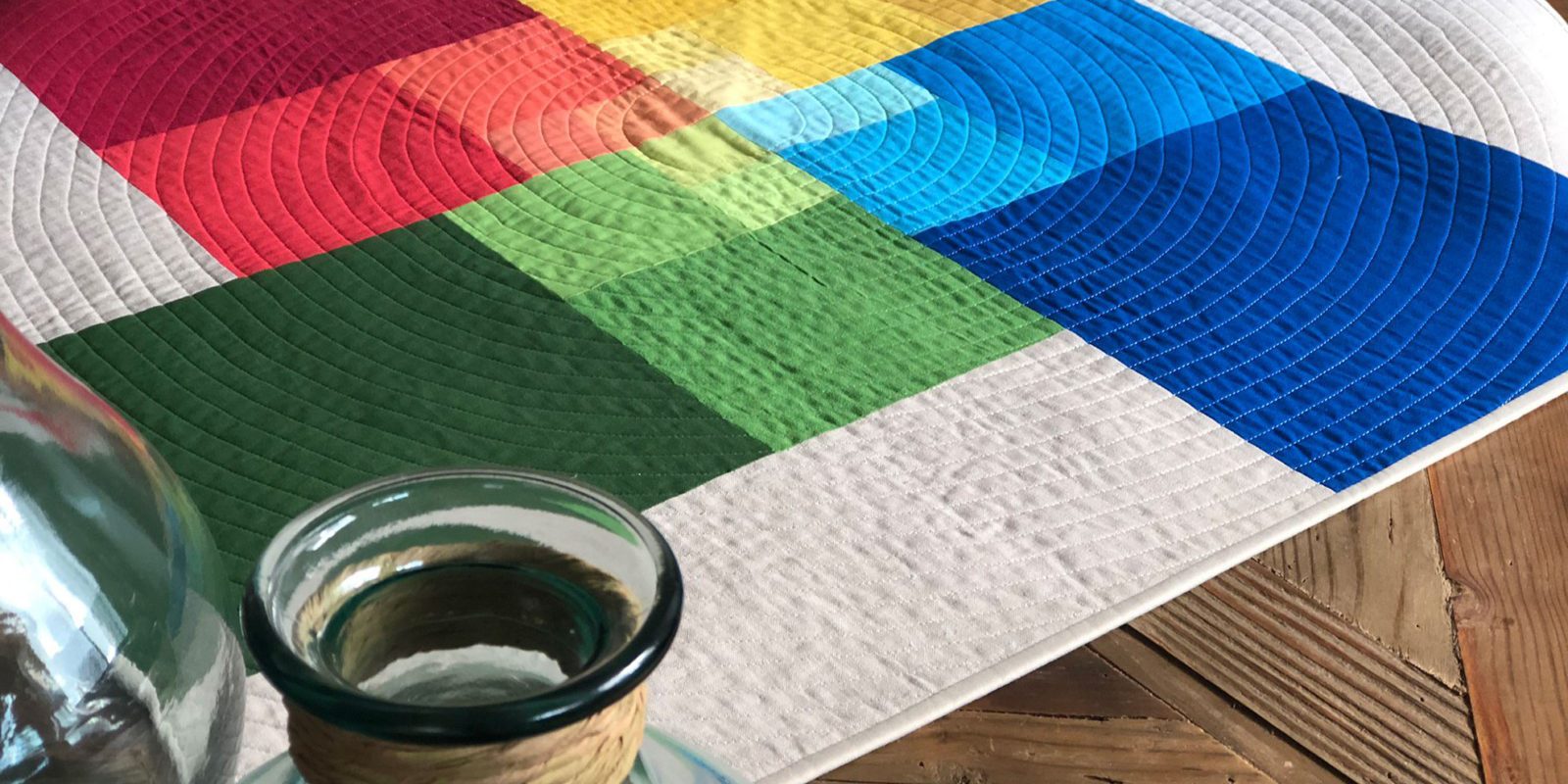The Top 10 Habits That Creative Quilters Do Every Day
Creativity just doesn’t happen on its own, it’s a gift that needs to be nourished each day. Let’s
take a look at some of the different habits that creative people, especially quilters, do each day
to fuel their creative energies.
- They get plenty of rest
It is recommended that a person gets anywhere from 8 to 10 hours of sleep each day. The right
amount of sleep will help maintain good health. However, sleep is also vitally important for
creativity. When we dream, we get a boost in memory. There is also evidence that the brain
solves problems subconsciously during REM sleep. When you dream, you might be dreaming of
colors and patterns. REM sleep boosts our overall creativity.
- They eat the right foods
There are certain foods that are healthier than others. However, there are some foods that fuel
creativity. Unprocessed, complex carbohydrates can help fuel creativity. These types of foods
are quinoa, millets, and oats. These deliver vitamins and minerals to the brain that increase
glucose levels, make you more alert, and help fuel the creative process.
- They spend some time alone
We all need to surround ourselves with family and friends from time to time. However, creative
people do spend some time each day on their own. For some creative people, their time alone
serves as a mirror. They can focus their energy, reflect upon things that they are working on,
and use mental imagery and meditation to think about their craft.

- They have hobbies that nurture their creative craft
Many musicians throughout history have taken up other arts to focus on their music. For
example, a composer named Arnold Schoenberg would paint. Painting helped Schoenberg stay
creative. Even though he thought his portraits could make him a bit of money, painting also
helped him come back to his music with a fresh perspective. Quilters can also engage in other
art forms. Things such as painting, music, and other hobbies can help the quilter take a step
away from their craft and come back with a fresh perspective.
- They keep a creative journal
A journal isn’t just a place to help keep track of what you are working on each day. Journaling
can help the creative individual keep track of challenges that they encounter and brainstorm
ways to overcome those challenges. Journaling is also a good way to jot down unique ideas,
like color ideas and shapes, that you might like to explore in your quilts.

- They have a set time to be creative each day, but are also spontaneous
Creative quilters usually set some time aside each day to focus on their quilts. A set time can be
used to do piecing work or put the finishing touches on a quilt. Sometimes, a creative individual
will suddenly have an idea. When an idea comes to mind, it’s important to take some time to
write it down, make a sketch, or make a record of it. If an idea comes to mind and no action is
taken, the creative idea can be lost.
- Join a community of like-minded people
Research has shown that 57% of people participate in some sort of group for their hobbies or
interests. In groups, people share their personal experiences about their pursuit of their passion,
techniques that they use, or challenges that they are currently encountering. For quilters, there
is often a quilting guild in their community. At a quilt guild meeting, you may encounter
speakers, workshops, or masterclasses that help you learn new approaches to quilting.

- Take a quilting course
Even if you are an experienced quilter, you may benefit from a quilting course. For the
experienced quilter, a course might teach them a new quilting technique if they are experiencing
a creative block. Additionally, you can get the opportunity to work with a master quilter.

- Discover quality in some quantity
Composers like Brahms focused on quality through mass production. They composed pieces
with a technique called themes and variations. They would work with one theme and create
different alterations of the theme to complete the piece. Theme and variation technique helped
composers explore an idea to its fullest potential. Sometimes, theme and variation technique
material could be reused in later musical compositions. In quilting, you can also practice theme
and variation technique, using variations of earlier quilts that you liked. However, don’t focus on
just quantity. Once you have cycled through all the permutations of your original idea, you can
pick the best quality pattern to use in your next quilt.




- Practice makes perfect
This may go without saying, however, you can make quilts that are intended for practice only.
Composers like Chopin wrote compositions called études. These pieces are intended for
musicians to practice a certain technique on their instrument. If you take a quilting class, you
might want to consider “étude quilts,” quilts that let you practice a new technique that you
learned in class. You can choose to enter these étude quilts into contests and show them off at
a later time, but practicing a technique will help you master it.



